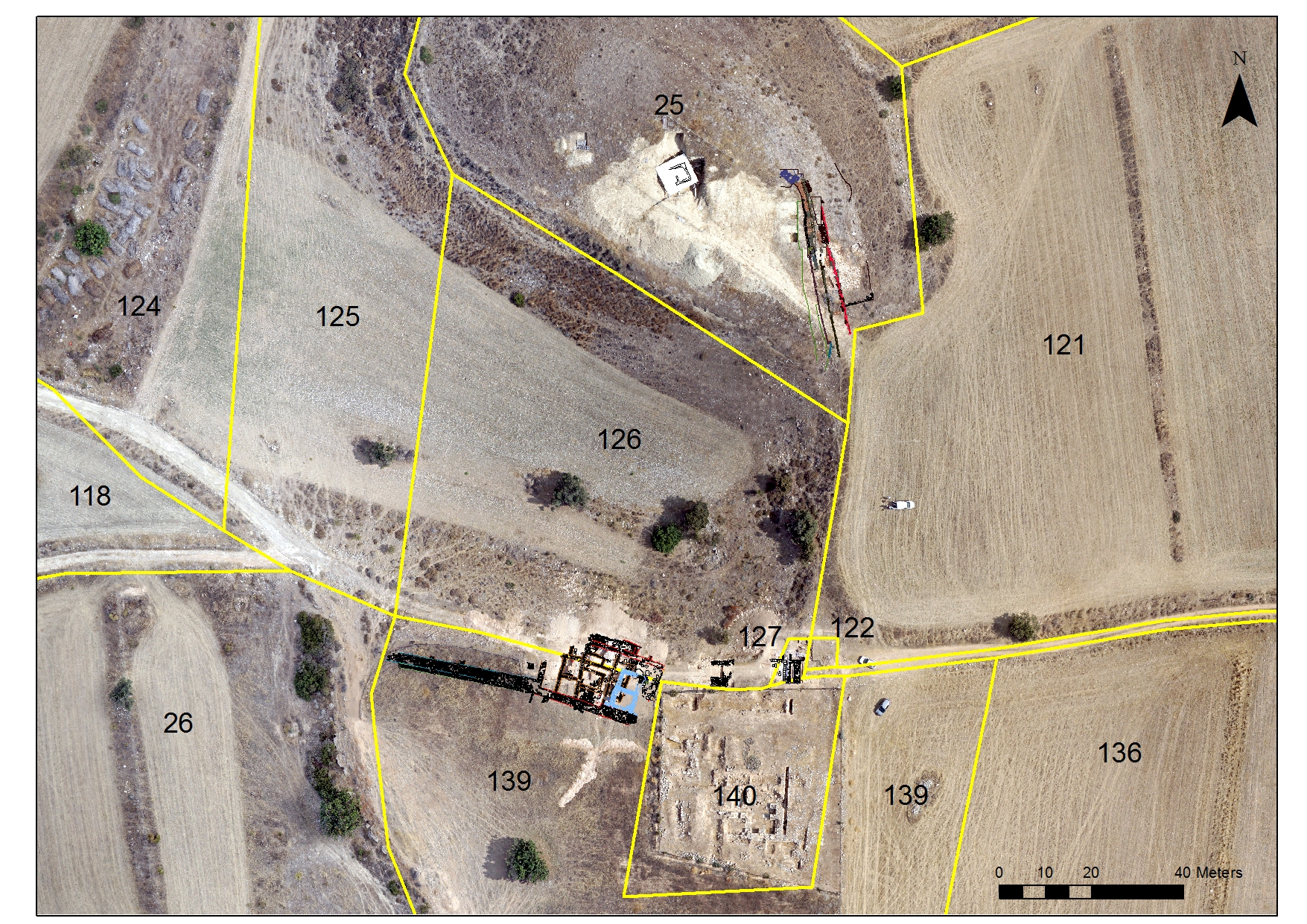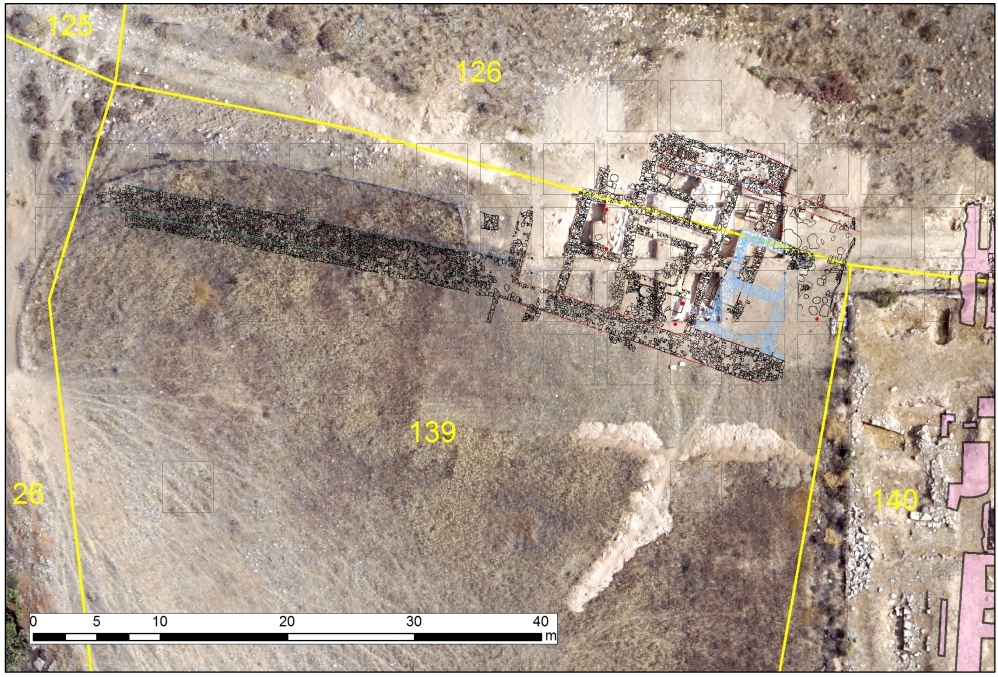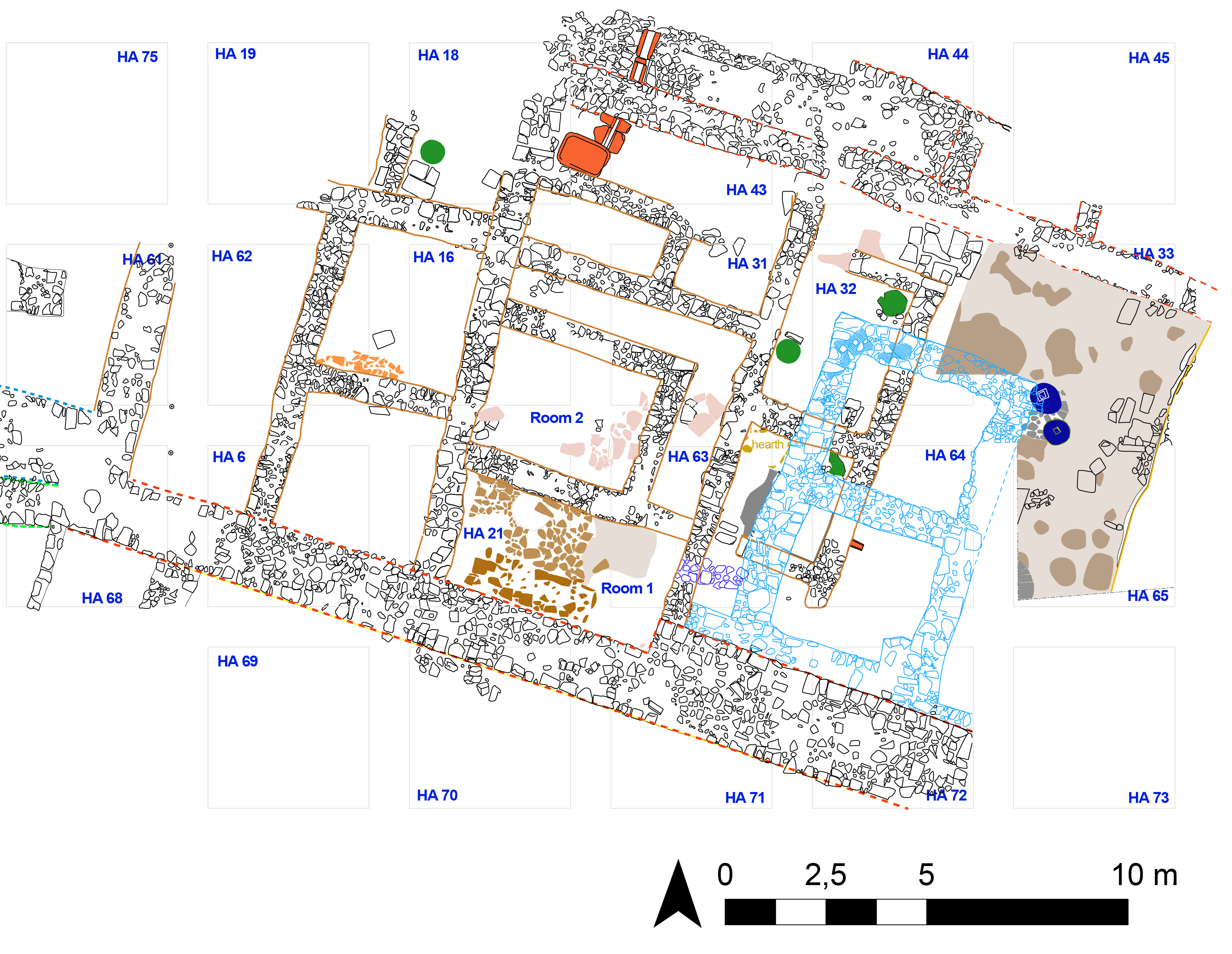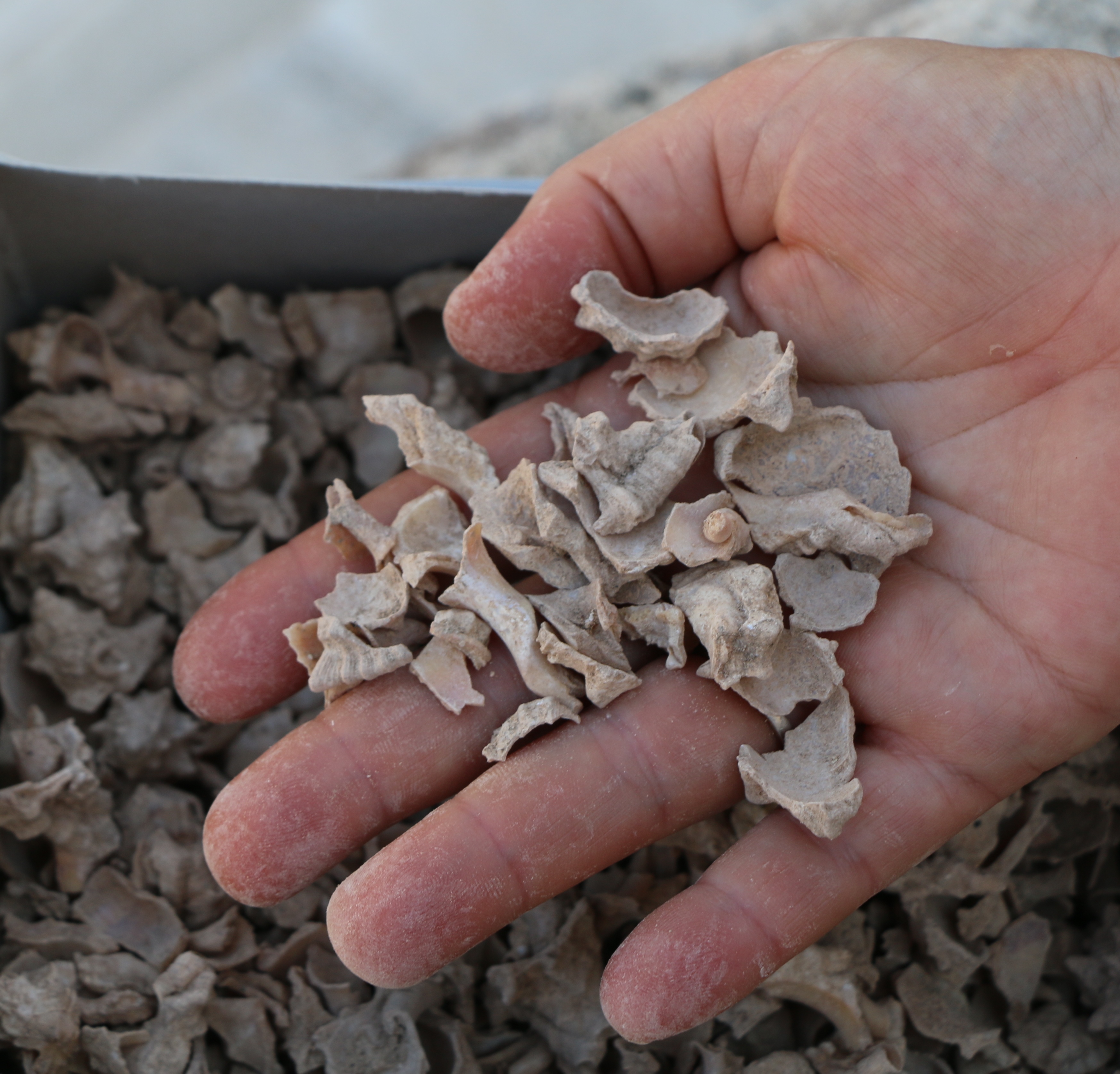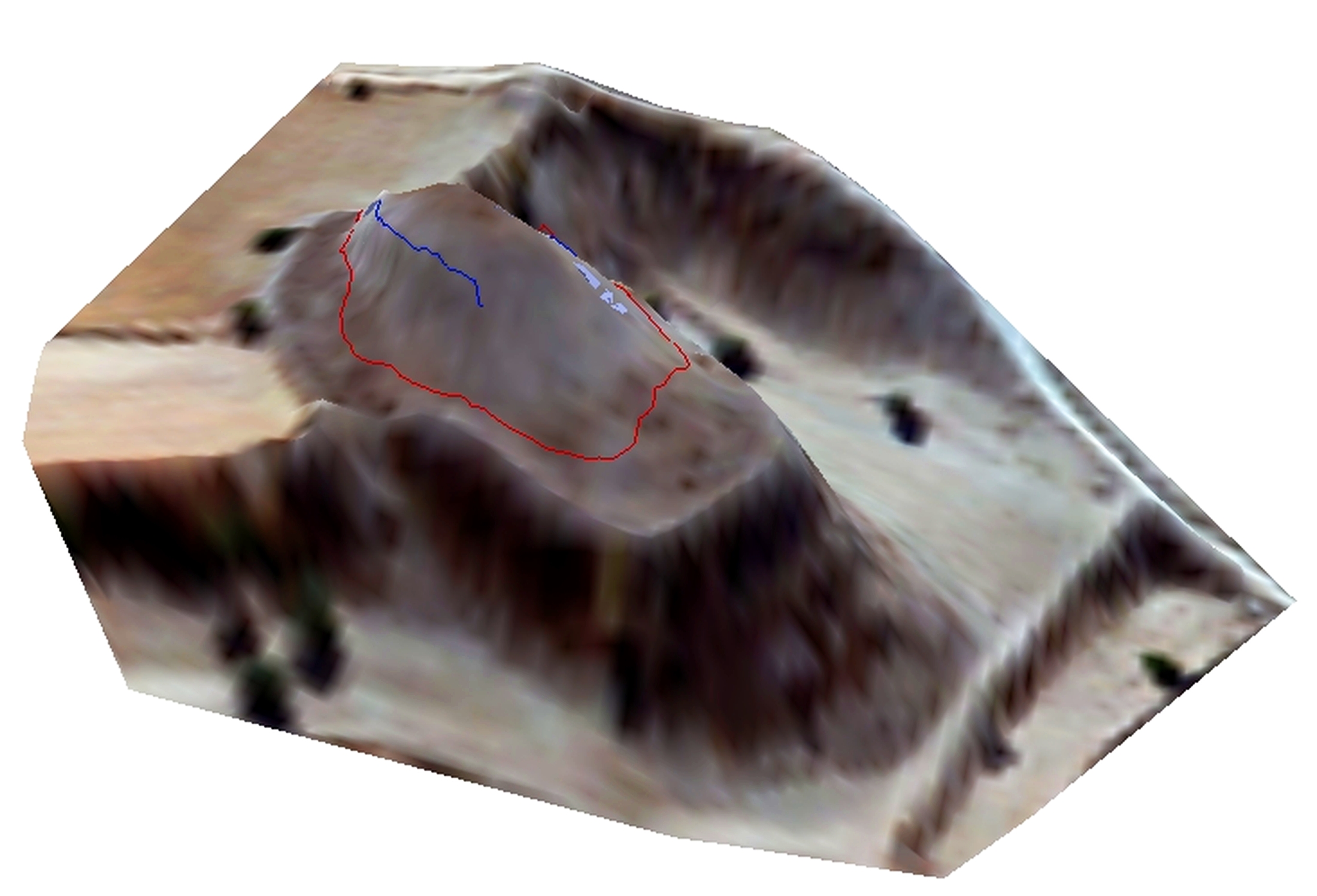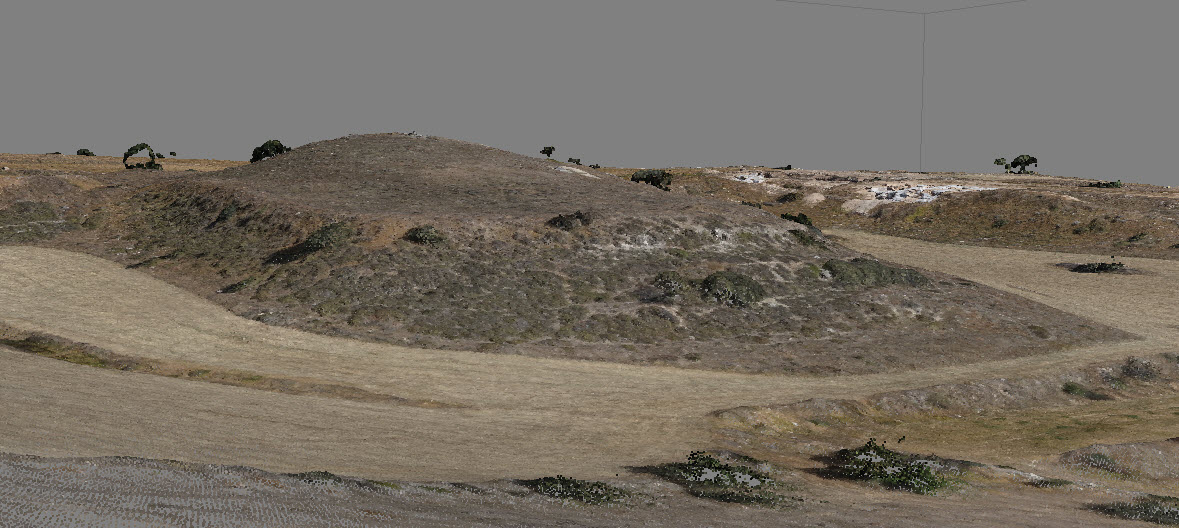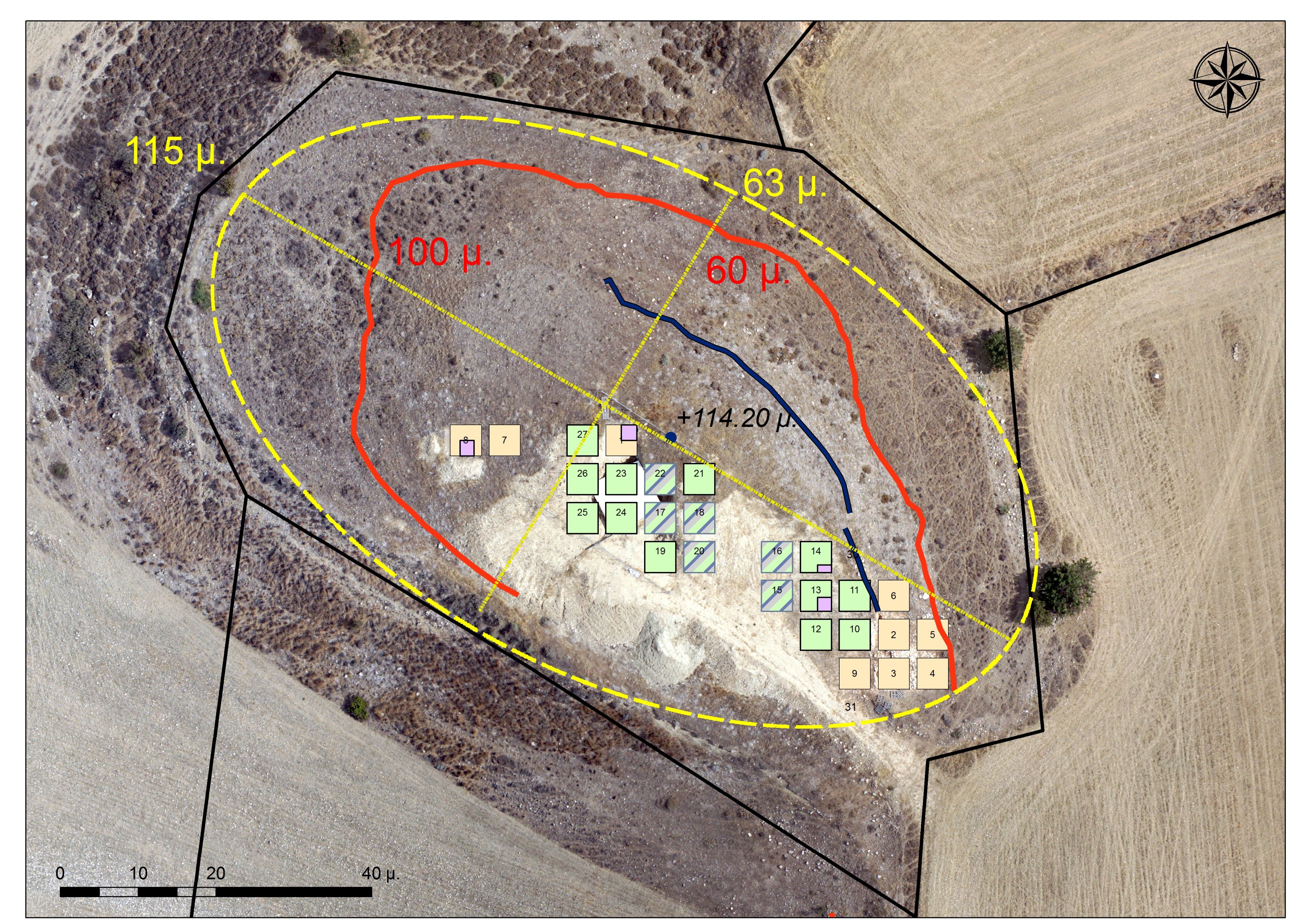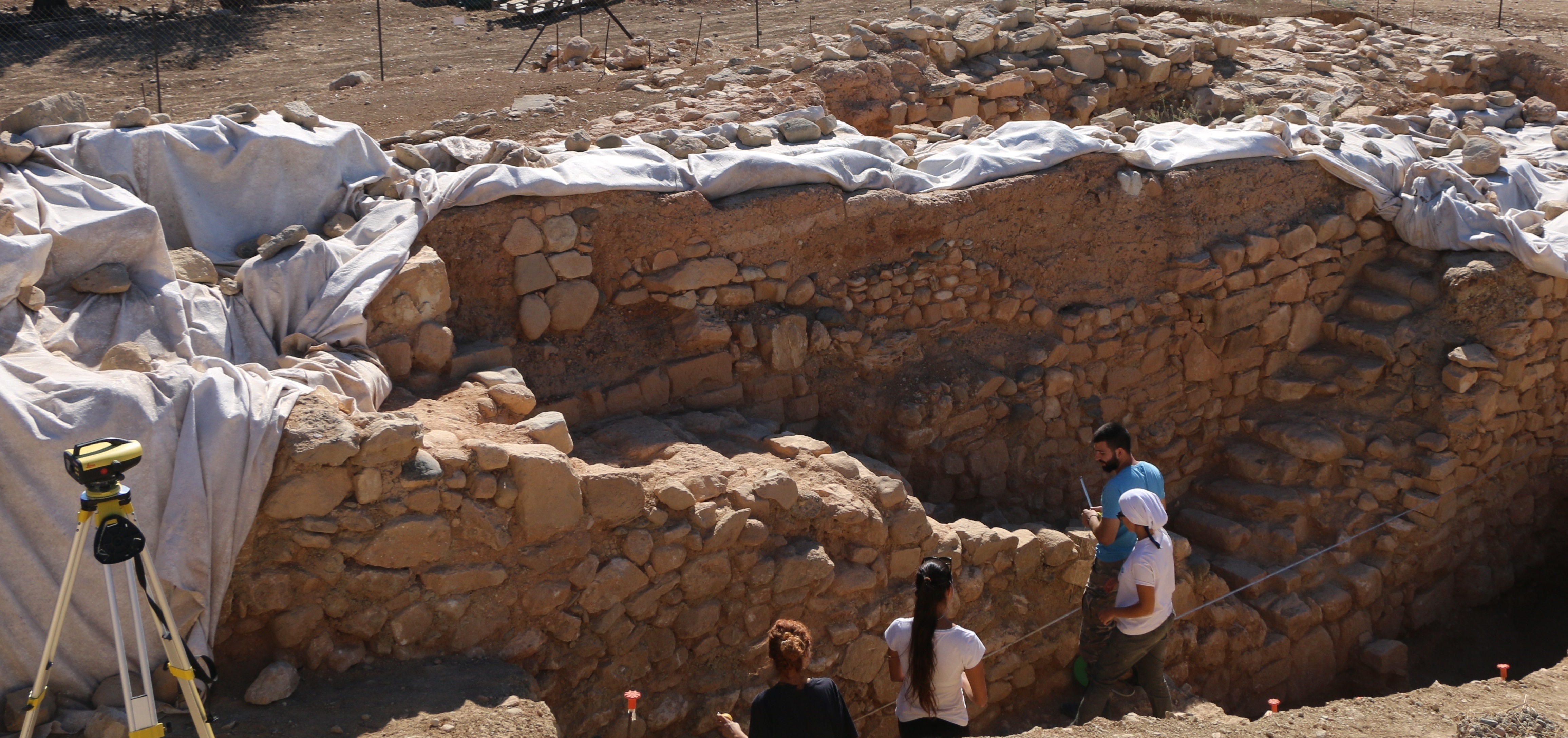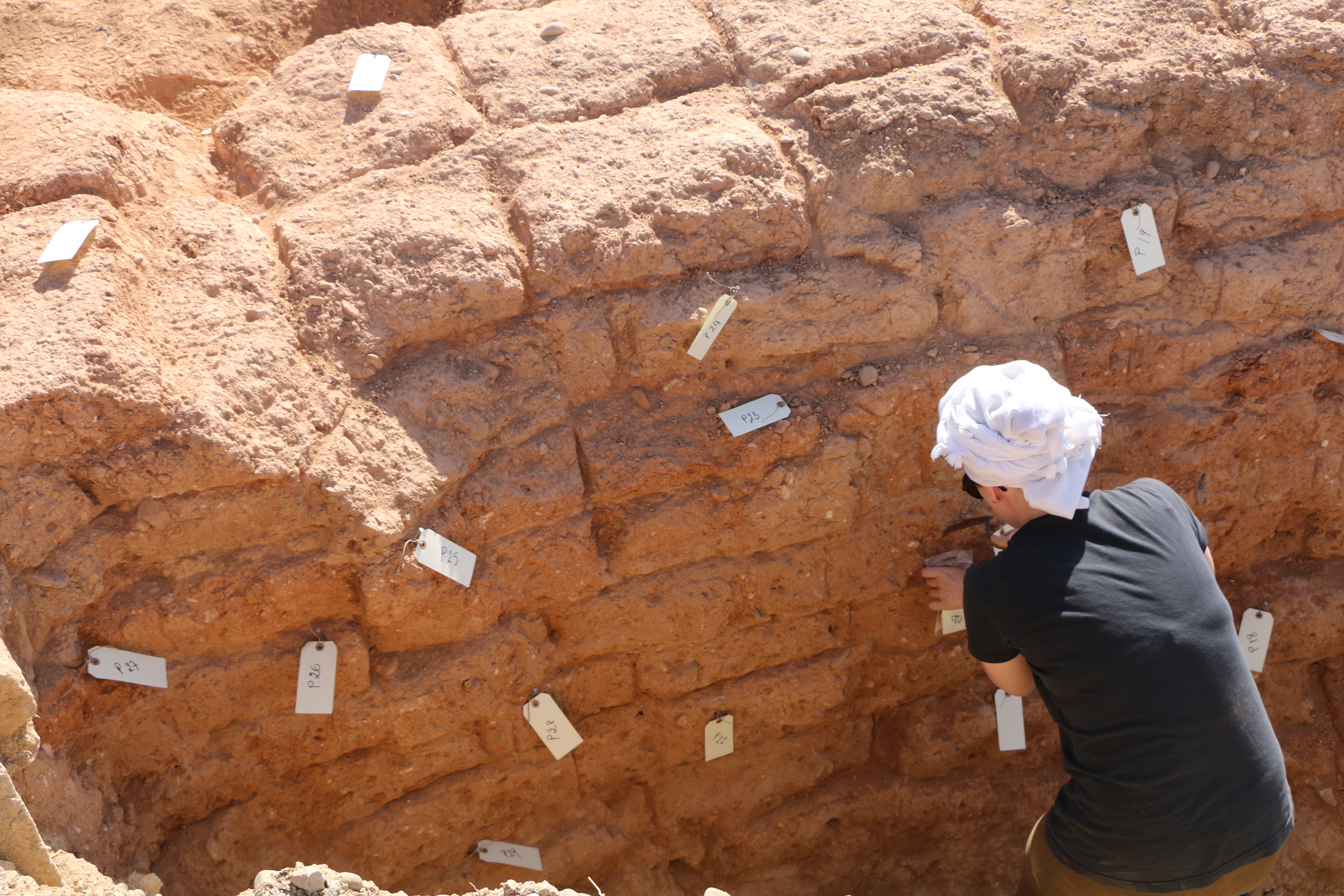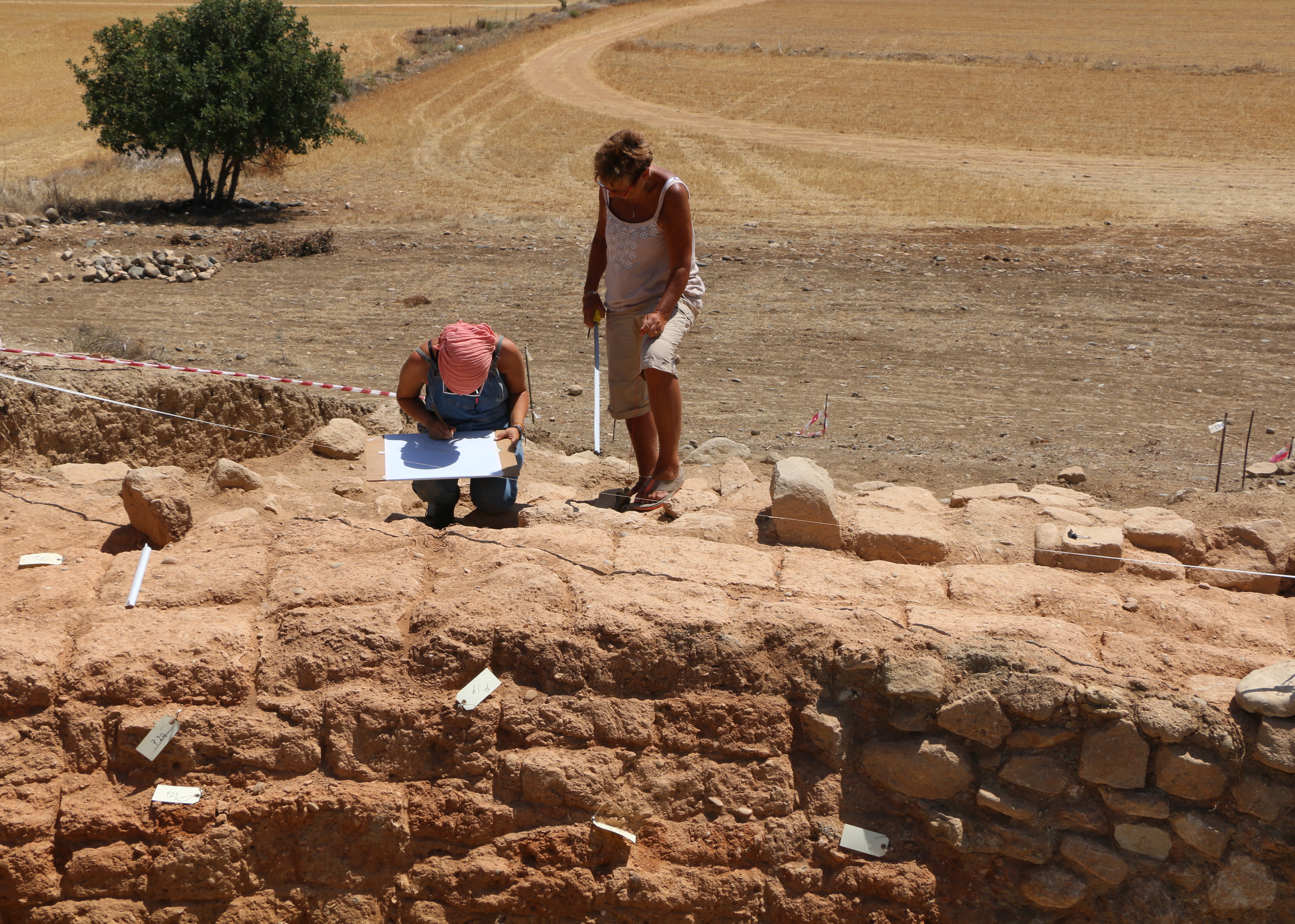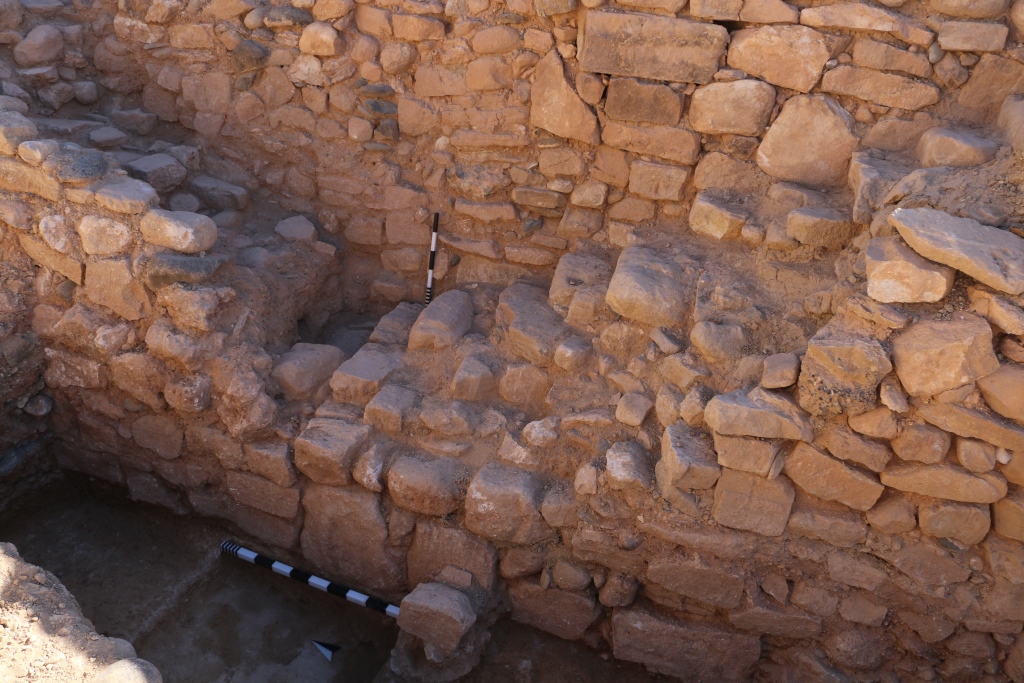|
TEAM 2016
|
|
| Maria Iacovou Artemis Georgiou Stella Diakou Jacopo Tabolli Skevi Christodoulou
Athos Agapiou
Anna Georgiadou Maria Hadjigavriel Christiana Christodoulou Fotini Constantinou Elisavet Ilieva Zenonas Socratous Raphael Charalambous Maria Rousou Raphael Evzonas Varvara Stivarou Andria Efthymiou Savvina Hadjipanteli Konrad Matyjewicz Maria Stefani
Elisavet Stefani Panagiotis Theodoulou Christoforos Christofi Eleni Soteriou Panagiota Hatzoglou Maria Hadjigavriel Andrea Oratiou Maria Pari Ioanna Panteli Chrystalla Agathonos Maria Charalambous Phivos Poullos Judith Gatt Chistianna Kelepeshi
Stella Vasileiou Maria Vasileiou Panagiota Andreou Pavel Evdokimov
Beatrice Pestarino
|
Director, Professor in Prehistoric and Protohistoric Archaeology, Univ. of Cyprus Assistant Director, Pottery specialist Hadjiabdullah Fieldwork Assistant Director
Laona Fieldwork Assistant Director
Fieldwork Assistant Director
Topographer, Technological University of Cyprus Pottery Specialist
Undergraduate Student, University of Cyprus Undergraduate Student, University of Cyprus
Undergraduate Student, University of Cyprus
Undergraduate Student, University of Cyprus
Undergraduate Student, University of Cyprus
Undergraduate Student, University of Cyprus
Undergraduate Student, University of Cyprus
Undergraduate Student, University of Cyprus
Undergraduate Student, University of Cyprus
Undergraduate Student, University of Cyprus
Undergraduate Student, University of Cyprus
Postgraduate student, Uniwersytet Adama Mickiewicz, Poland
Undergraduate Student, University of Cyprus
Undergraduate Student, University of Cyprus
Undergraduate Student, University of Cyprus
Undergraduate Student, University of Cyprus
Undergraduate Student, University of Cyprus
Undergraduate Student, University of Cyprus
Undergraduate Student, University of Cyprus
Undergraduate Student, University of Cyprus
Undergraduate Student, University of Cyprus
Undergraduate Student, University of Cyprus
Undergraduate Student, University of Cyprus Undergraduate Student, University of Cyprus
Undergraduate Student, University of Cyprus
Undergraduate Student, University of Cyprus
Undergraduate Student, University of Cyprus
Undergraduate Student, University of Cyprus
Undergraduate Student, University of Cyprus
Undergraduate Student, University of Cyprus
Moscow State Boarding-School "Intellectual"
Postgraduate Student, University College London |


